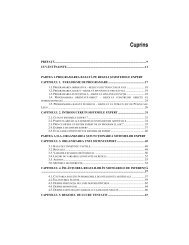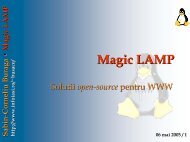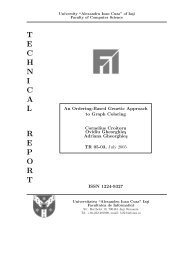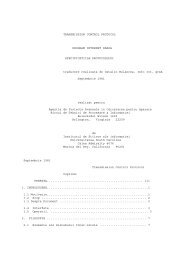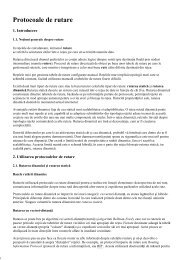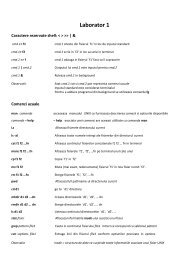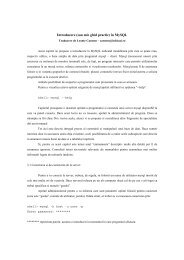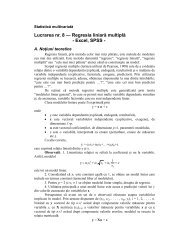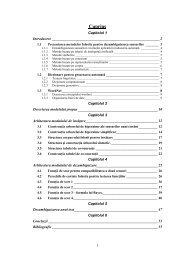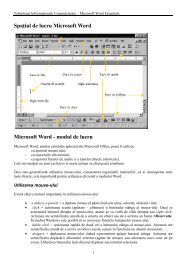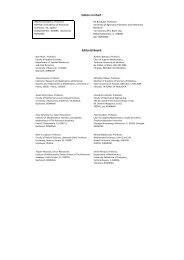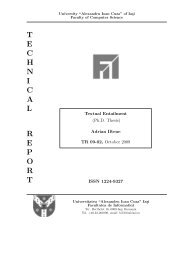Full document: PDF - Profs.info.uaic.ro - Universitatea Alexandru ...
Full document: PDF - Profs.info.uaic.ro - Universitatea Alexandru ...
Full document: PDF - Profs.info.uaic.ro - Universitatea Alexandru ...
Create successful ePaper yourself
Turn your PDF publications into a flip-book with our unique Google optimized e-Paper software.
Figure 1: Performance of the different predictors, measured in Mflops over the entire<br />
benchmark suite (bigger is better). DT n represents the decision tree classifier with n<br />
features. NN is the nearest neighbor classifier.<br />
being compiled with the worst un<strong>ro</strong>ll factor). More exactly, we only keep loops for<br />
which this difference in performance is greater than 2.5 Mflops 5 .<br />
The resulting classifier, which obviously over-fits the data, is very close to the<br />
perfect classifier, yielding a score of 549.92 Mflops (the perfect classifier had 552.61<br />
Mflops). To minimize the effect of over-fitting, when we compute the nearest neighbor,<br />
we do not take into account the loop itself. This is very similar to leave-one-out c<strong>ro</strong>ssvalidation.<br />
The resulting classifier obtains a score of 524.92 Mflops, slightly better<br />
then GCC, but slower than both of the decision tree classifiers.<br />
4 Generalization to other Benchmarks and Languages<br />
To verify that our classifiers are valid, we p<strong>ro</strong>ceed to check how they perform on a<br />
different benchmark. We use the Polyhed<strong>ro</strong>n 2005 Fortran Benchmark [8] to test if the<br />
classifiers generalize to a different language and to a different benchmark.<br />
Of the three classifiers that we trained using the SciMark2 benchmark, the DT 2<br />
classifier performed best on the Polyhed<strong>ro</strong>n benchmark, achieving an average speedup<br />
of 5.77% over no un<strong>ro</strong>lling at all. However, the GCC loop un<strong>ro</strong>ller performed slightly<br />
better, achieving a speed up of 6.63%.<br />
Our results show that all three classifiers work well when used on this benchmark,<br />
but are not quite as good as the heuristic GCC uses. Table 4 shows the average running<br />
time of the 16 p<strong>ro</strong>grams that are included in the benchmark, when the loop un<strong>ro</strong>lling<br />
factor is computed by the corresponding classifier.<br />
5 Thus, only the critical loops were kept; in our case, 7 such loops remained.<br />
5



